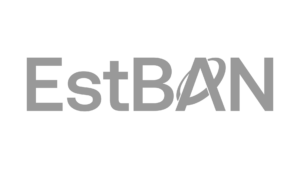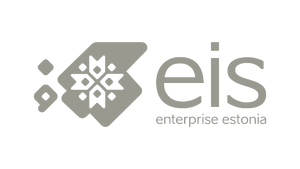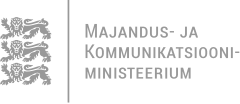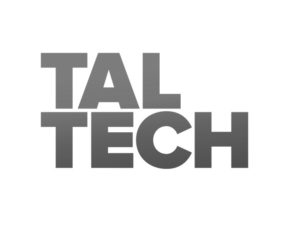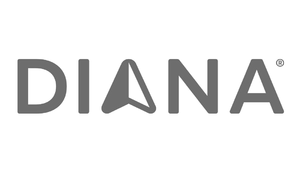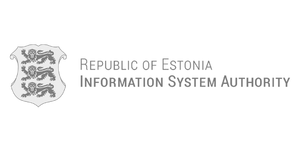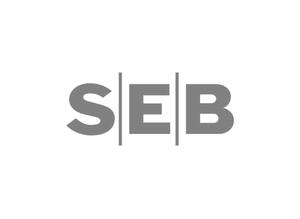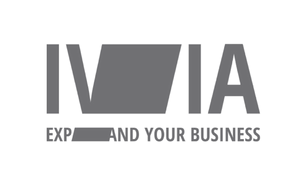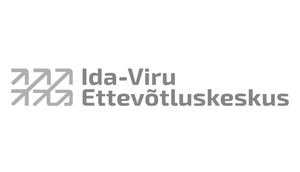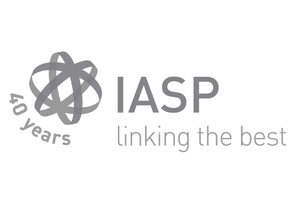02.10.2017
MotionChart: A new kind of rehabilitation
MotionChart is developing a web-based platform which enables to trackpatient`s health and training parameters and offer efficient remote counselling. The system is directed at therapists and patients undergoing cardiac rehabilitation.
“Our enterprise improves rehabilitation services. Currently, we are developing a decision support system that aims to support patients and physicians in condition management – we are moving towards remote monitoring and remotely supervised training,” explains Tarvo Tamm,
the managing director of MotionChart.
The platform serves as both, a web-based training diary and counselling environment. “The patient, using our training monitoring service, records his training sessions to our system and the physician as well as the patient can both add notes, comments and instructions.”
The patient, for example, should make comments about his condition after the workout. MotionChart is focused on cardiac patients since they need to follow supervised exercise program for restoring normal heart functions.
Remote monitoring of patients
It is has been clinically proven that active participation in the rehabilitation program influences positively the average life expectancy of the cardiac patient. “The restoration of functional capabilities, while strengthening the heart at the same time, is the key to restoring the patient`s former quality of life,” says Tamm. MotionChart has detected several problems at both ends of the healthcare system. “We do not have a complete overview of all the phases of rehabilitation process, there is no communication between different parties. The essence of our idea is to create a safe rehabilitation
environment and to develop solutions that could actually benefit to the patient,” explains Tamm. Currently, cardiac patients must go to the hospital, as they require supervised excercising. “If we manage to integrate the monitoring device to our system, the patient is free to exercise at home
or at the gym,” Tamm notes. By reducing patient health costs and administrative costs of the general healthcare system, the solution can be benefitial for both parties. At the moment, physicians do not have an overview of what the patient is doing beyond hospital walls. “The patient may go to rehabilitation sessions, but this is not enough. The person suffering a heart disease must be active and not spend his days in front of the television, for example. Inactive lifestyle increases the risk for a second infarction and the patient never restores his quality of life.
Automatic collection of health data
According to Tamm, it is vital for cardiac patients to monitor their heart rate during training sessions. That is why the system of MotionChart is established on a pulse watch. It must be noted that patient`s training zones differ noticeably of those of a healthy person. “We cannot determine
training zones on the guidelines meant for healthy people. The training zones will be set for each patient personally, based on a simple health test”.
Tamm acclaimed that several health and fitness apps work on the same
principles as MotionChart but they are not targeted to rehabilitation patients. Heartrate-based training data is only one information piece among several others. In addition, it is possible to upload information on patient`s blood pressure level or other health parameters to our system. The system enables to monitor patient`s level of activity as well as his sleep quality. “We must ensure that the devices are stable and compatible with our system.
That is the reason there is a limited number of devices connected at the moment, though we expect to increase the number in the near future. We intend to offer the solution on a monthly fee and, if necessary, the required devices will be included in the package,” explains Tamm.
Sights set on Europe
Some MotionChart team members participated on the contest called “Ajujaht” – the Estonian biggest business idea contest. The initial project was to monitor the elderly by using a special device that can be worn around their wrists, if something happens, an immediate message will be
sent to the family. After Tarvo Tamm had joined the team, the focus of the project changed: “We did some research in different fields of medicine and that lead us to the rehabilitation of cardiac patients”.
“At the very beginning, we considered several rehabilitation sectors, for example, neurological rehabilitation, but we indicated a number of problems that require huge financial resources and many years for development. Not that cardiac rehabilitation would be the easiest choice, but we can gene ra te value in a shorter period of time,” Tamm explains.
MotionChart develops the system in cooperation with physicians and physiotherapists whose specialty is cardiac rehabilitation. “Speaking of cardiac rehabilitation, we have not yet discovered similar products in the US or Europe, so the timing is right and the market is still wide open,” says Tamm.
Tamm understands that it is a challenging business, but he believes that if things are done right, it is definitely possible to generate value for both the patient and the physician. “It is a well-known fact that large amount of cardiac patients do not participate in rehabilitation process. Thus, we should develop innovative and cost-effective solutions to change the statistics,” explains Tamm. MotionChart hopes that in the future
exports will constitute at least 95% of their activities. Initially, the goal of the
enterprise is to expand to Europe. Tamm recognizes that in this kind of
business goals must be ambitious. “We must strive to reach the point where in 4-5 years time hundreds of thousands of patients are being ‘cared for’ in our environment. This, however, will require great effort.”


